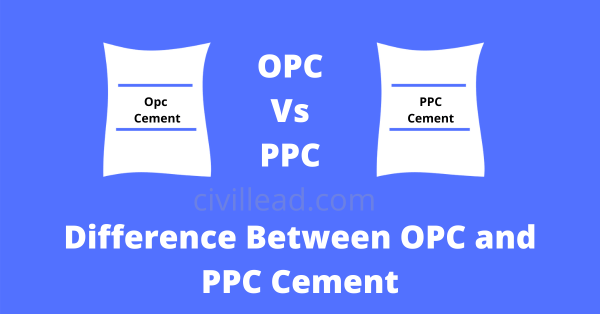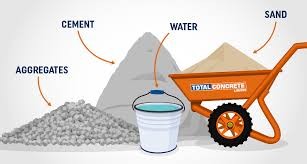Building an Affordable RCC House in Nepal: A Comprehensive Guide
Constructing a Reinforced Cement Concrete (RCC) house in Nepal can be done affordably without compromising on quality. With the right strategies, careful planning, and the use of cost-efficient materials, it’s possible to build a durable RCC house at a lower price.Here’s a professional guide for homeowners looking to build an affordable RCC house.
1. Choose the Right Location
Selecting an ideal site is critical in reducing construction costs. Opt for land with stable soil conditions and minimal site preparation required. Choosing a plot that is already leveled and close to utilities will also save both time and money during the construction process.
2. Simplicity in Design
A straightforward, efficient design is key to reducing costs. Avoid complex architectural features and opt for simple shapes like rectangular layouts that minimize labor and material expenses. A compact and functional design often proves to be the most cost-effective.
3. Cost-Effective Materials
Selecting the right materials at affordable prices is essential. Consider sourcing materials locally to reduce transportation costs. For example:
- Cement: Use locally produced, high-quality cement that meets the necessary structural standards while keeping costs manageable.
- Steel Reinforcement: Choose cost-effective but durable steel reinforcement materials and ensure proper quantity and grade to maintain strength and affordability.
- Bricks and Blocks: Fly ash bricks or concrete blocks are more economical and lightweight alternatives to traditional clay bricks.
4. Efficient Construction Techniques
Implement modern construction techniques that help save both time and money:
- Pre-fabrication: Using pre-cast elements such as beams, columns, and slabs can expedite the construction process and reduce costs.
- Reusable Formwork: Using reusable formwork reduces material waste and cuts down on overall costs.
- Skilled Labor: Hiring experienced workers for essential tasks like reinforcement installation and concreting can prevent costly mistakes and reduce the need for rework.
5. Build in Phases
Consider constructing the house in phases instead of completing it all at once. Start with the basic structural work (foundation and frame) and complete the remaining parts, such as plastering, flooring, and roofing, when funds are available. This phased approach can ease financial pressure.
6. Energy-Efficient Design
Incorporating energy-efficient features can help reduce long-term operational costs. Some strategies include:
- Maximizing natural lighting and ventilation to lower electricity expenses.
- Using insulation to maintain comfortable indoor temperatures without excessive heating or cooling.
- Installing solar panels for energy savings on lighting and water heating.
7. Adhere to Local Regulations and Permits
Ensure compliance with local building codes and obtain the required permits. While there may be initial costs involved, following the necessary regulations will prevent fines and legal issues later. Moreover, some local authorities may offer incentives for energy-efficient constructions.
8. Effective Project Management
Proper project management can keep costs under control. Having an experienced project manager ensures efficient use of materials, proper labor management, and adherence to deadlines, all of which contribute to cost savings.
Conclusion
Building an affordable RCC house in Nepal is possible with careful planning and smart choices. By optimizing the site selection, using cost-effective materials, adopting efficient construction methods, and considering phased development, developers and homeowners can create a high-quality, durable home at an affordable price. Collaborating with professionals ensures the project meets all standards while staying within budget.
For expert advice and affordable RCC construction services, contact our team at Civil Solution.Pvt.Ltd, where we focus on delivering quality, safety, and value in every project.

-1735451723.jpg)


